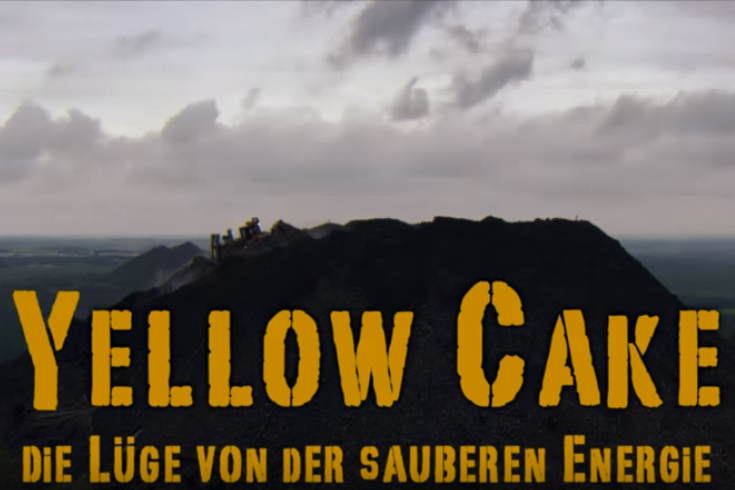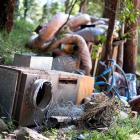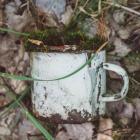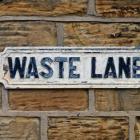Making Waste
Waste has many origins. Numerous processes and facilities—construction sites, hospitals, factories, military bases, discarded electronics—generate waste at any point in the commodity chain. Labeled as nuclear waste, medical waste, or pharmaceutical waste, the material refers to the economy that produced it. Municipal Solid Waste (MSW), more generally known as garbage or trash, consists of the everyday items we use and then throw away. It represents one of the largest sectors in overall waste production globally. Waste is not existential. Waste is anthropocentric. What I mean by this is that waste is not an object that simply is—waste is an object that we humans create.
We make waste through our industry, our agriculture, and our methods of consumption. We produce trash constantly in our modern lives, throwing away the wrapping of our lunch, disposing of (un-)read newspapers, discarding batteries, or changing our baby’s diaper. The waste of a car’s assemblage is scrap metal; that of medical agents, toxic wastewater. When farmers produce meat to feed us, they create animal waste. When we travel by land or air, we produce air waste, better known as CO2. In his movie Yellow Cake: Die Lüge von der sauberen Energie on the uranium industry’s waste production, Joachim Tschirner reminds us that even when turning on a light bulb, we are creating waste.
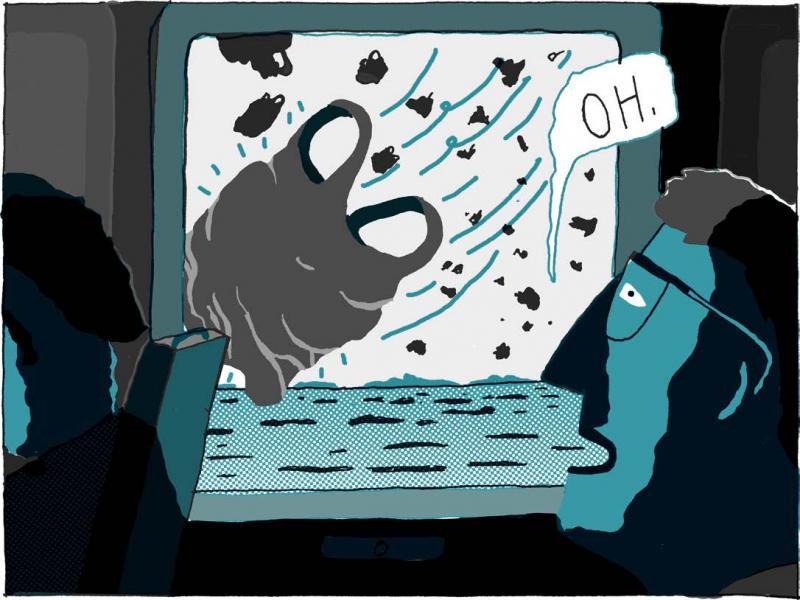
“Oh.”
“Oh.”
Drawn by Leo Koppelkamm , 2014.  This work is licensed under a Creative Commons Attribution-NonCommercial-NoDerivatives 4.0 International License.
This work is licensed under a Creative Commons Attribution-NonCommercial-NoDerivatives 4.0 International License.
 This work is licensed under a Creative Commons Attribution-NonCommercial-NoDerivatives 4.0 International License.
This work is licensed under a Creative Commons Attribution-NonCommercial-NoDerivatives 4.0 International License.
We are taught to be wasteful by our families, our peers, and society at large. In her book, Waste and Want, Susan Strasser illustrates how Americans—today among the top five producers of trash per person, according to 2016 statistics—have learned to be wasteful in the aftermath of World War II. During a period of golden economic growth between 1945 and 1973, industrial countries all around the world experienced a tremendous increase in per capita income that accompanied an exponential rise in per capita trash.
In 2016, the United States, China, Brazil, Japan, and Germany were the top five trash producers. If you are curious to learn about your own city’s waste production, consult the Waste Atlas, a crowdsourced free-access map, that visualizes solid waste management data across the world.
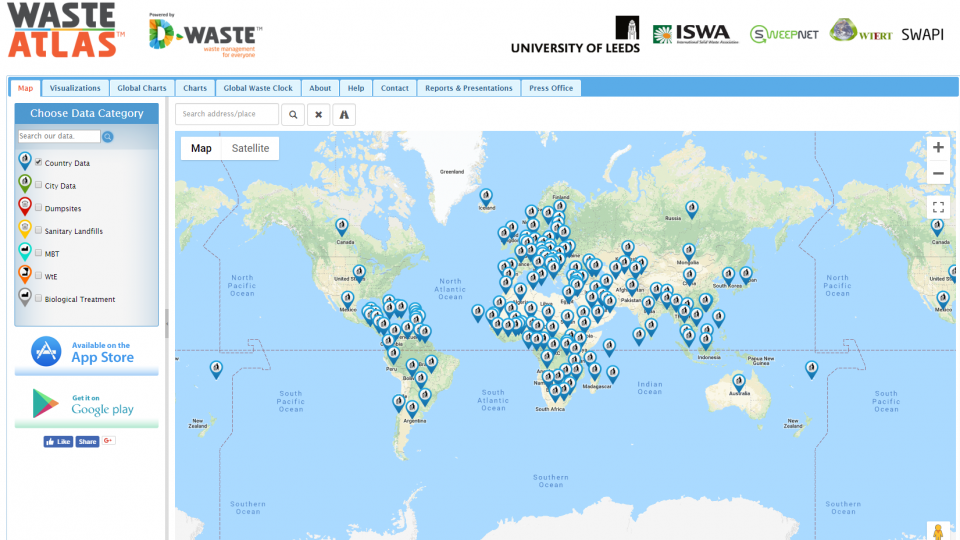
Waste Atlas is a crowdsourcing free access map that visualizes municipal solid waste management data across the world for comparison and benchmarking purposes.
Waste Atlas is a crowdsourcing free access map that visualizes municipal solid waste management data across the world for comparison and benchmarking purposes.
© Waste Atlas 2018
The copyright holder reserves, or holds for their own use, all the rights provided by copyright law, such as distribution, performance, and creation of derivative works.
Design and production also changed after World War II. In the Western world in particular, consumer goods became more readily available. Designers often used new materials for these goods, such as synthetic chemicals, which has made for not only larger, but also more challenging, waste streams. From the 1970s, new hazardous materials entered the waste stream. Municipal waste, for instance, now included more paper, plastics, toxic chemicals, and durable synthetic materials. These new materials replaced food wastes and ash as major components and made it necessary to come up with a new legal category in waste management and environmental protection: hazardous waste.
Over time, the creation of waste has also become increasingly industrially determined through a built-in expiration date referred to as “planned obsolescence.” Planned obsolescence is most visible in, but by no means exclusive to, the electronics sector. Almost every other consumer product sector today works with planned obsolescence. Each new mobile phone, music player, laptop computer, refrigerator, car or any other consumer device you care to think of is “made to break,” as described in the title of Giles Slades’ award-winning book. Its waste ends up in places such as the e-waste dump of Agbogbloshi, Ghana.
Listen to Sean Kheraj’s podcast on “E-Waste and Obsolescence” below to learn more about the phenomenon.
The original virtual exhibition includes Sean Kheraj’s podcast “Nature’s Past Episode 7: E-Waste and Obsolescence.” Click here to listen to the podcast online. 15 June 2009. 39.22 min.
The original virtual exhibition features an interactive gallery of book and film profiles and articles showcased on the Environment & Society Portal. View the individual gallery items online or in the appendix of this PDF.
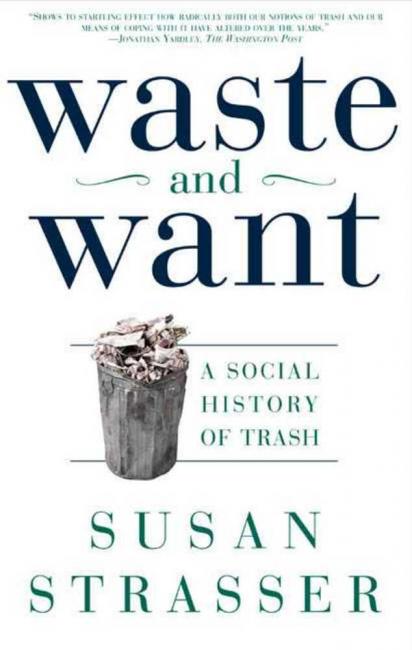
Before the twentieth century nearly everything was reused as goods, and money was scarce. Nowadays, Americans are hooked on convenience, disposability, fashion, and constant technological change—mass consumption has led to waste on a previously unimaginable scale. Waste and Want recaptures a hidden part of social history, illustrating that what counts as trash depends on who’s counting and what we throw away defines us as much as what we keep. (Adapted from Macmillan Publishers)
Learn more
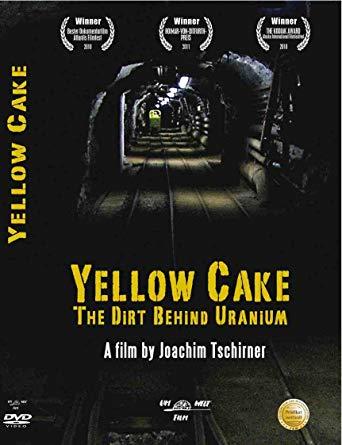
Director Joachim Tschirner goes behind the scenes at the site of the largest sanitation project in the history of uranium mining, in the German provinces of Saxony and Thuringia. This exploration of 65 years of uranium mining history also takes viewers to active mines in Namibia, Australia, and Canada. (Adapted from the Official Film Website)
Learn more
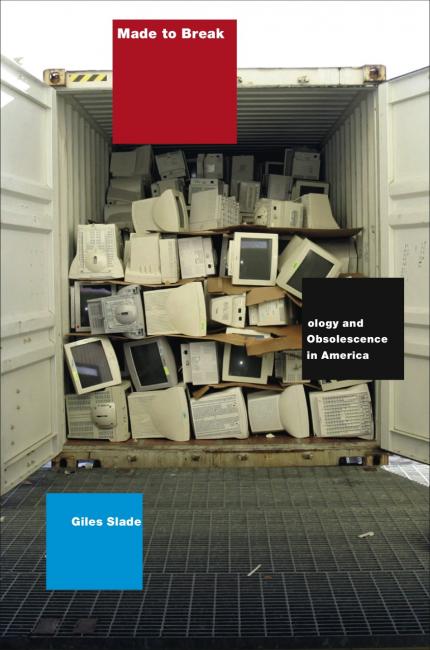
Giles Slade explains how disposability was a necessary condition for America’s rejection of tradition and our acceptance of change and impermanence. His book reveals the ideas behind obsolescence at work in the inventions of branding, packaging, and advertising; the contest for market dominance in the automobile industry, the development of electronic technologies—and with it the avalanche of electronic consumer waste that will overwhelm America’s landfills and poison its water within the coming decade.
Learn more
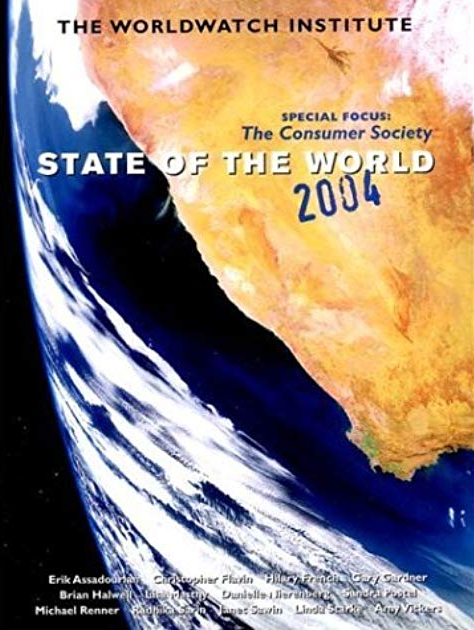
State of the World 2004 provides government officials, journalists, professors, students, and concerned citizens a comprehensive analysis of global environmental problems with detailed descriptions of practical, innovative solutions like charting the most environmentally sound path to a hydrogen-fueled economy, or accelerating the rapidly growing conversion of farmers worldwide to organic and sustainable agriculture.
Learn more
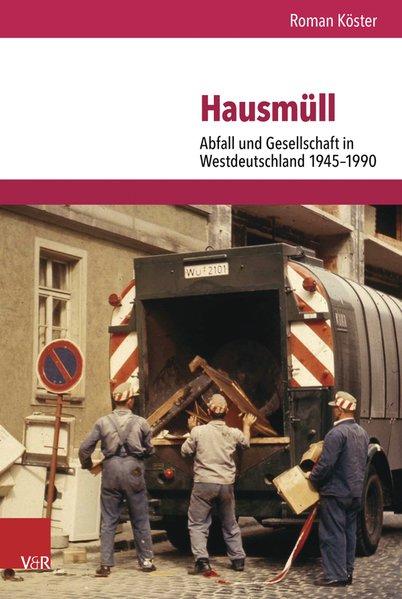
In the wake of the “economic miracle,” post-war West German society was confronted with a new challenge: the rise in consumption resulted in a dramatic increase in the production of waste, harming the environment. Roman Köster traces the development of a “new” environmental problem and the political, economic, and discursive strategies for dealing with it. (Adapted from Vandenhoeck & Ruprecht)
Learn more
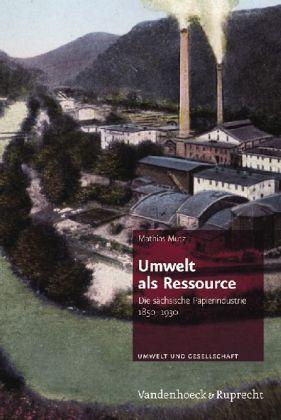
Interaction and co-evolution with the environment are fundamental aspects of modern industries, particularly true for the paper industry due to requirements regarding location, resources, and disposal of waste. Mathias Mutz looks at issues of transportation of products, optimizing the flow of raw materials, and investment in wastewater treatment facilities. (Adapted from Vandenhoeck & Ruprecht)
Learn more

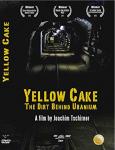

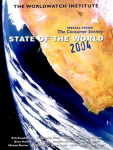
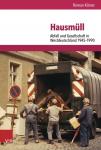
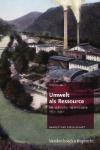
- Previous chapter
- Next chapter


